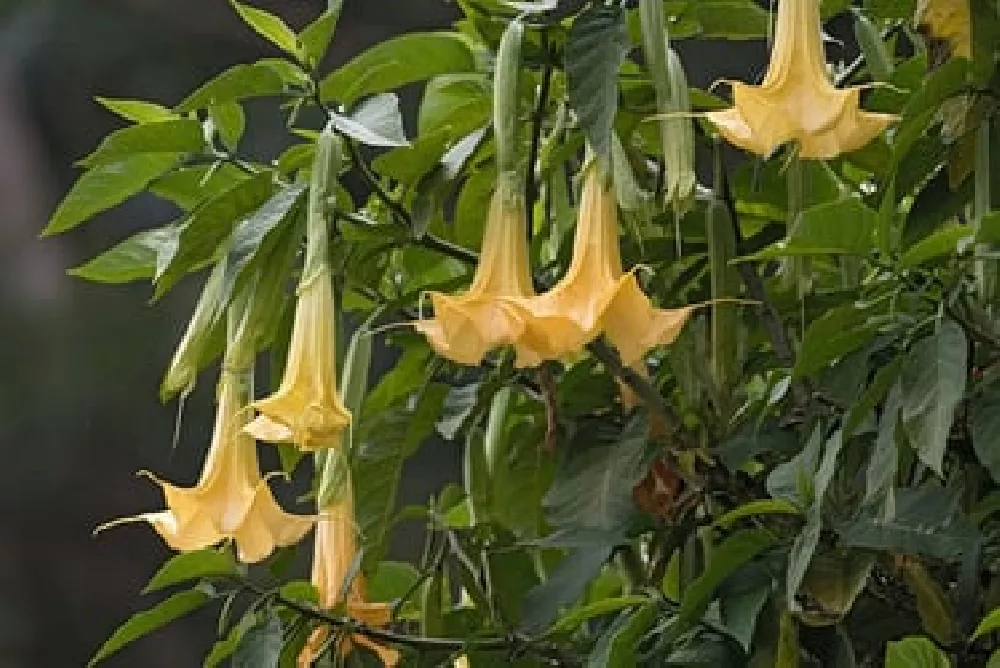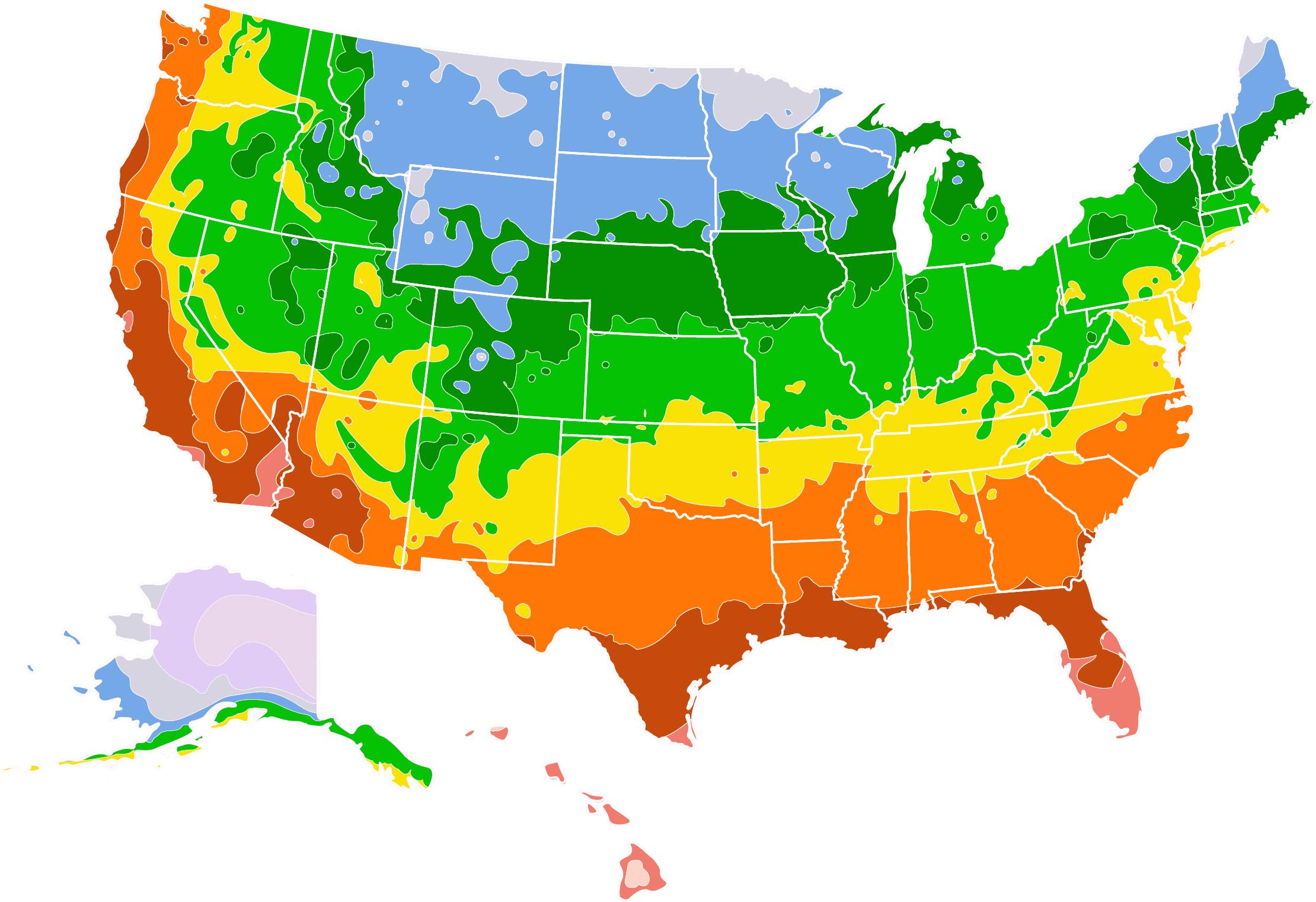Angel Trumpets for Sale - Buying & Growing Guide
- Fantastic dangling flowers that are both abundant and bright.
- Comes in many different varieties giving you choice with the color you prefer.
- Can live indoors during winter months in colder regions.
Enter your zip code to find nearby stores that may carry this plant.
Plant Care
Sunlight

Angel’s trumpet needs to grow in an area of full sunlight.
Watering
This plant enjoys soil that is not soaked but consistently moist.
Fertilizing

A fertilizer with a high ratio of phosphorus is best.
Planting instructions
Angel’s trumpet plants require an area of full sunlight. The only exception is if you are growing this plant in an excessively dry area for most of the year. In that case, a few hours of shade is more suitable. Angel’s trumpet also enjoys a climate on the hotter side, considering their natural habitat is close to the equator. The soil in which you plant this species should be moist but have great drainage. Excessive waterlogging can be an issue.
Watering and nutrients
If you intend to grow angel’s trumpet, you need to be prepared to supply plenty of water. While individual settings will call for some variation in those water needs, in nearly all instances, angel’s trumpet will need regular watering in high volumes. If you live in a hot area, watering twice per day is a good practice. However, if your soil does not have good drainage, angel’s trumpet can develop root rot.
Regarding nutrients, angel’s trumpet enjoys frequent fertilization. Once per week is an ideal schedule for fertilizing. When you fertilize, use a formula that is high in phosphorus, such as a 10-50-10 mix.
Pollination
Pollinating an angel’s trumpet plant is a simple affair. Most often, this process takes place on its own as this species has flowers that are highly attractive to pollinator species. In many cases, the flowers of angel’s trumpet are highly fragrant and will attract moths that carry the pollen from one plant to the next. In other cases, hummingbirds may serve as the primary pollinator species for angel’s trumpet.
Pruning
You don’t need to prune your angel’s trumpet as these plants will survive with no issue, even if you never prune them. However, there are some advantages to pruning occasionally. For instance, a yearly fall pruning can encourage a better flower output in the next season. If you choose to prune your angel’s trumpet, make sure you leave plenty of nodes on the branches, as this is where the next flowers will appear.
Pest, diseases, and animals
Unfortunately, there is a relatively long list of pests that can afflict angel’s trumpet. Those pests include aphids, mealybugs, slugs, and more. The most prominent of these pests is the whitefly. As mentioned earlier, angel’s trumpet can have an issue with root rot if its soil does not drain well. If you find that your angel’s trumpet plant has an infestation, one of the best remedies you can use is an application of isopropyl. Such a treatment can deter pests living on the plant.
Achieving maximum results
The most important fact that you need to remember about this plant is that it is highly toxic. Touching the plant along is enough to transfer the poison to your body. For this reason, you need to keep your angel’s trumpet out of reach of any children or pets. This is especially important if you grow your angel’s trumpet indoors.
FAQs
Is the angel’s trumpet plant poisonous?
Those who wish to grow angel’s trumpet should do so with caution. This plant is extremely toxic. Nearly all parts of this plant contain some amount of poison. That includes the leaves, flowers, and roots. If you ingest this plant or absorb any of its poison through your eyes or nose, the results can range from highly dangerous to deadly. There is a long list of symptoms that occur if you come in contact with the poison.
How large do angel’s trumpet plants grow?
At maturity, angel’s trumpet plants can exhibit a wide range of sizes. Generally, this plant will grow as a woody tree or as a large shrub. Regarding height, it will grow to anywhere between six and 20 feet tall. The same is true regarding the width of this plant. At its mature size, it may be as small as three feet wide or as large as 15 feet wide. This variation in size can make it somewhat challenging to plan a space for this species.
Where can angel’s trumpet plants survive?
Angel’s trumpet is a plant that hails from South America and Central America. That native range implies that this species grows best in hotter climates. Generally, angel’s trumpet will survive in hardiness zones 8-10. That will make it difficult for many people living in colder climates to raise this plant. However, it is possible to bring your Angel’s Trumpet inside during cold winters, as long as you have enough sunlight in your home.












